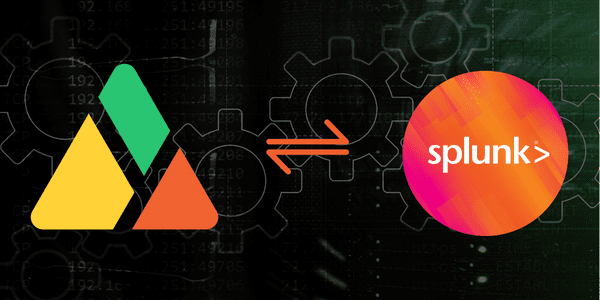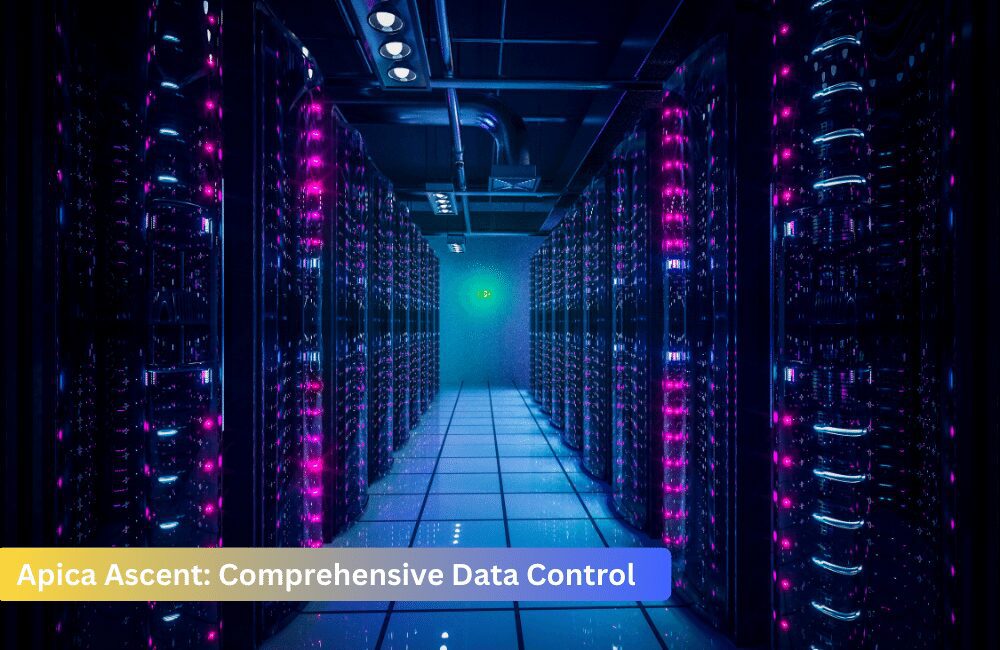Apica Ascent Integration with Splunk
Unlock the Power of Real-Time Analytics
The Apica Ascent platform seamlessly integrates with Splunk, the leading platform for real-time data collection, analysis, and visualization. Moreover, Apica’s data fabric technology streamlines the process of acquiring, routing, minimizing, and enriching data across multiple sources, significantly enhancing Splunk’s efficiency and maximizing infrastructure and Splunk investments through advanced data management capabilities.

Advanced Data Ingestion and Analytics for Efficiency and Scale
Facing the challenges of escalating data volumes, organizations must make critical decisions regarding data collection, movement, storage, and ingestion to manage costs effectively.
Apica’s solution offers a multifaceted data fabric that supports the ingestion and interpretation of diverse data sources, aligning with Splunk’s comprehensive observability solutions.
Furthermore, Apica ensures flexibility in data source, destination, and type selection, facilitating a vendor-agnostic approach that empowers organizations to maintain complete control over their data. This approach not only scales with business growth but also ensures long-term cost efficiency in data retention.


Apica Ascent: Comprehensive Data Control
Apica Ascent takes a central role in providing organizations with full control over their data through a versatile pipeline that works with all tools, enhancing cost efficiency and scalability.
Integrating Apica’s ascent data fabric capabilities with Splunk allows enterprises to employ a robust and efficient observability framework. This framework is designed to meet the dynamic data requirements of businesses, providing a durable solution for data management and analysis.
Why Integrate Apica with Splunk?
Logs to Metrics
Transforming logs into metrics to streamline analysis and reduce storage demands.
Data Routing
Routing data to the most cost-effective storage solutions, unlocking additional analytic capacity within Splunk.
Flexibility
Easing the transition of workloads to Splunk Cloud to boost operational flexibility and scalability.
Data Replay
Enabling data replay into Splunk for in-depth analysis, ensuring vital insights are captured.
Centralized Data Management
Easily aggregate logs, metrics, traces, and APIs into a cohesive operational data fabric.
Enhanced Data Analysis
Leverage Splunk's robust analytics to dive deeper into Apica's synthetic monitoring data.
Customizable Dashboards
Create tailored views in Splunk to visualize and correlate Apica monitoring metrics alongside other data sources.
Proactive Alerting
Utilize Splunk's alerting capabilities to act on Apica's synthetic monitoring insights in real-time.
Getting Started with Apica and Splunk
Splunk Dashboard Customization: Combine Apica Synthetic Monitoring metrics, such as Response Time and Received Bytes, with data from other services on a unified dashboard.
Alert Management: Use Splunk as a target for managing alerts within Apica Synthetic Monitoring, ensuring timely responses to critical issues.
Splunk Cloud Deployment: For alerts to function with Splunk Cloud, input the correct host and user credentials. Access to the Splunk REST API may require submitting a support case to Splunk.
Managed and Self-Service Deployment: Splunk Support will assist in setting up REST access and providing credentials for dedicated users.
With the Splunk Add-On for Apica Synthetic Monitoring, data is pulled every 5 minutes, allowing for:
Efficient Data Search: Locate the specific monitoring data you need within Splunk.
Custom Reports/Dashboards: Develop comprehensive reports and dashboards based on Apica data within Splunk.
REST API Modular Input Plugin: This plugin enables the integration, pulling data from Apica Synthetic Monitoring directly into Splunk for indexing and analysis.







